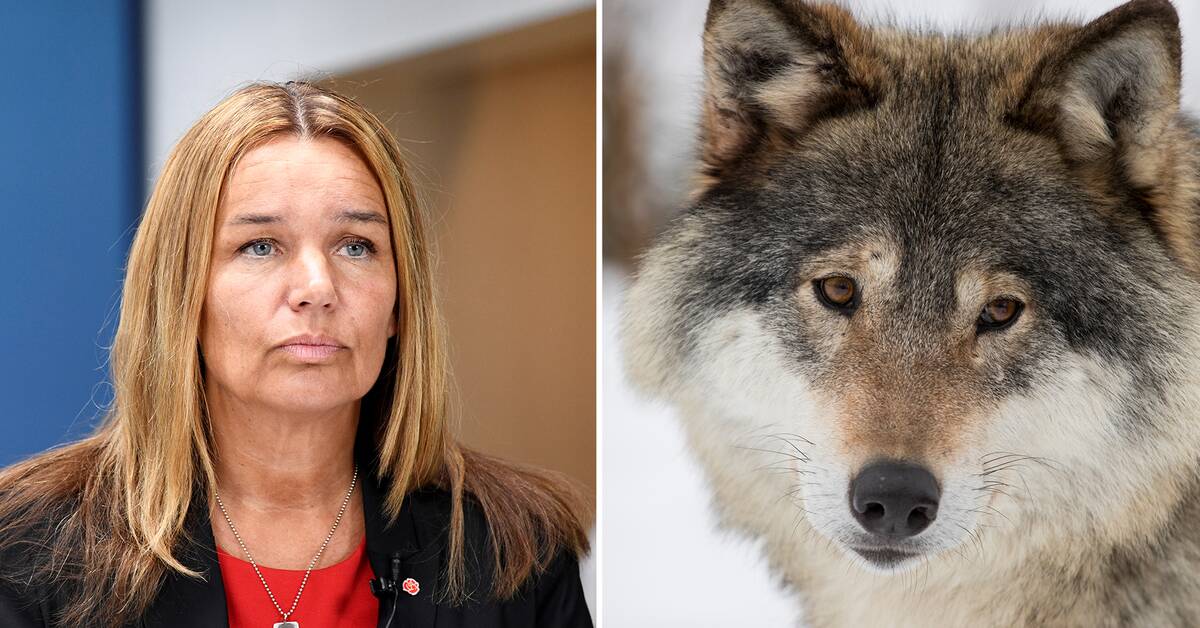Today, the government decides to once again let the Swedish Environmental Protection Agency investigate how many wolves there should be in Sweden.
Today's tribe of about 480 in Scandinavia, of which about 400 in Sweden, is too large according to Minister of Agriculture Anna-Caren Sätherberg (S).
- We have reached a favorable conservation status and that makes the wolf management not feel predictable, she says.
"The wolf population increases every year"
The Riksdag decided in 2013 that Sweden must have at least 170–270 wolves to meet the EU directive's requirements for favorable conservation status.
Sätherberg does not want to say exactly which level is right, but points out that Sweden must continue to live up to the EU's species and habitat directive on protecting endangered species.
- We see that the wolf population is increasing every year and we want to see if we can reach the goals of the Riksdag with this.
Now we can see that the level of conflict has increased and acceptance has decreased.
Has acceptance decreased?
- I support it on people who contact me who live where the wolves are where you feel a social anxiety, and those who have tamboskap and have been affected.
It is my opinion that acceptance has decreased.
Wolves can be moved
The goal of how many wolves there should be has been investigated earlier and discussed.
After researchers investigated the significance of inbreeding, the Swedish Environmental Protection Agency has established a minimum level of 300 wolves for the tribe to be considered to have a favorable conservation status, ie viable and not inbred.
Then it is also required that new blood comes in every five years.
But the government is aiming for lower levels, and wants to see if a move of immigrant wolves can improve genetics.
- The better genetics we have in our wolves, the strain will feel better and we will not have to have as many, says Anna-Caren Sätherberg.
The Swedish Environmental Protection Agency will also investigate whether the rules for protection hunting can be changed so that more wolves can be shot.
Today it is decided by the county administrative boards.
WWF: Not scientifically
Benny Gäfwert, a predator expert at the WWF, is critical of sharply reducing the number of wolves in Sweden.
- WWF is critical to the level of 170 individuals.
It is not based on any scientific facts, he says.
According to Benny Gäfwert, such a small number would be far below what WWF considers necessary for the wolf population to be viable.
- In wild populations, unforeseen things can happen and then the level 170 is too low.
We have a problem when it comes to the genetics of wolves and the smaller the wolf population, the greater the effect that fluctuations have on the population in terms of genetic status.

